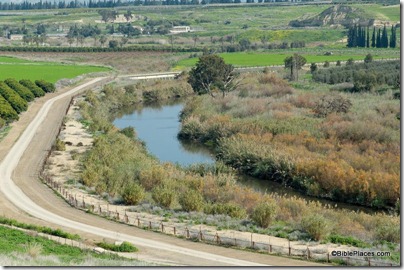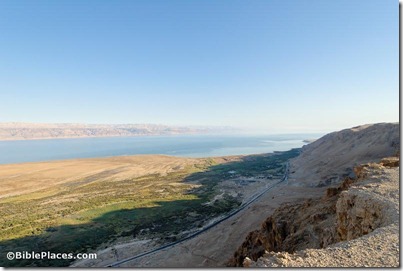In 1996, Israel Finkelstein proposed a significant lowering of dates in the Iron I-II periods in Israel.
This sparked a debate which has often been heated in part because Finkelstein’s conclusions entail a virtual elimination of the United Monarchy as described in the Bible. This is the result of Finkelstein’s dating of the end of the Iron I period, with its poor material culture and lack of monumental construction, to the time after David and Solomon lived.
In an article published in 2008, Amihai Mazar released the results of Carbon 14 studies at four sites where “it is agreed by all that these four destructions mark the end of the Iron Age I.” He reports the results as follows:
After eliminating clear outliers, we reached the following results (all in 68% probability) (see Fig. 3, upper line, for combined averages from these four sites):
End of Qasile X: 1039-979 B.C.E.
End of Megiddo VIA: 1010-943
End of Yoqne‘am XVII: 1045-997
End of Tel Hadar: 1043-979
Just to get a better handle on the matter, I pulled out my calculator to determine the middle of the range for each site: Qasile: 1009; Megiddo: 976; Yoqneam (Jokneam): 1021; Tel Hadar: 1011. So it’s safe to say, based upon these results, that the Iron I ended and Iron II began about 1000 BC.
With the calculator still handy, I tabulated the average of the four dates. It came out to 1004 BC.
That’s a familiar number to students of biblical history who know that (1) Shishak invaded Israel in 926 BC, the fifth year of the rule of Rehoboam, such that (2) Solomon died in 931 BC, after forty years on the throne following (3) David who died in 971 and ruled for 33.5 years in Jerusalem, or 1004 BC. This 1004 BC date was acknowledged by the Municipality of Jerusalem which celebrated the 3000th anniversary of the city in 1996 (mistakenly, because of the missing year “0”).
The Carbon 14 numbers provide nothing more than ranges, with varying amounts of probability, but I thought it curious that the average date of the numbers for the beginning of Iron II just happened to be the year that David began ruling in Jerusalem.
The above quotation is from page 114 of Amihai Mazar, “From 1200 to 850 B.C.E.: Remarks on
Some Selected Archaeological Issues,” pp. 86-120 in Israel in Transition: From Late Bronze II to Iron IIa (c. 1250–850 B.C.E.). Volume 1. The Archaeology, ed. L. L. Grabbe.
A recent article that reveals the lack of precision in Carbon 14 dating is “The Four Pillars of the Low Chronology,” by Daniel A. Frese and Thomas E. Levy, pp. 187-212 in Historical Biblical Archaeology and the Future.


